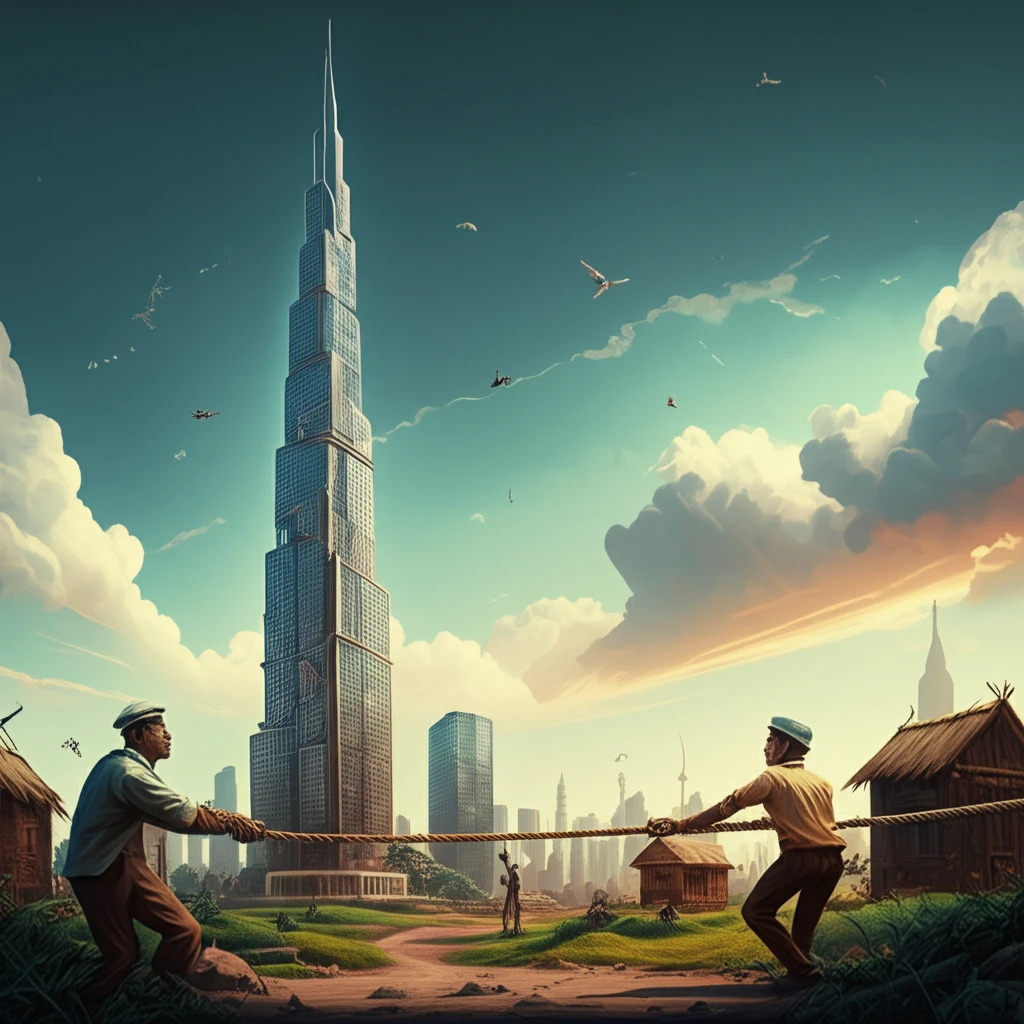
Is Free Trade a Myth? Unmasking the Truth Behind Global Economic Policies
"Dive into the surprising history of international trade and discover why the policies pushed by wealthy nations might not be what they seem."
In today's world, widespread poverty and inequality persist despite the promise of global economic growth. Some developing countries have managed to make progress, but many others are struggling or even falling behind. This raises a critical question: Is the current model of global trade truly beneficial for everyone, or does it disproportionately favor wealthier nations and corporations?
For decades, the dominant narrative has been that free trade is the key to unlocking economic prosperity for all. International organizations have encouraged developing nations to embrace open markets, reduce trade barriers, and privatize industries. However, a growing number of voices are challenging this orthodoxy, pointing to the historical record and empirical evidence that suggest a more nuanced picture.
This article examines the history and theory behind free trade policies. It explores whether the policies currently pushed by developed nations have been followed by them during their own economic rise. We will uncover the classical theory of competitive advantage and how it relates to global trade. We will also discuss the problems and shortcomings of current trade policies and what options nations have available.
The Illusion of Level Playing Fields: How Free Trade Theory Falls Short

Conventional economic theory asserts that trade liberalization leads to increased trade, faster economic growth, and a more efficient allocation of resources. It suggests that any negative effects, such as increased unemployment, are temporary and can be addressed with appropriate social policies. This perspective assumes that free trade operates on the principle of comparative costs, where each nation specializes in producing goods it can produce relatively more cheaply.
- Trade Imbalances: The theory assumes that trade imbalances will automatically correct themselves, but in reality, persistent imbalances are common.
- Job Displacement: It ignores the potential for job losses in industries that cannot compete with cheaper imports.
- Unequal Competition: Free trade may expose weaker economies to competition from stronger ones, potentially hindering their development.
Beyond Free Trade: Towards a More Equitable Global Economy
The historical record and the limitations of free trade theory suggest that a more nuanced approach is needed. Developing countries should be allowed to pursue selective trade policies, protecting nascent industries and promoting strategic sectors. International institutions need to reform their rules and conditions to prioritize development over strict adherence to free market principles. Ultimately, trade should be seen as a means to an end – the end being a more equitable and prosperous world for all.
